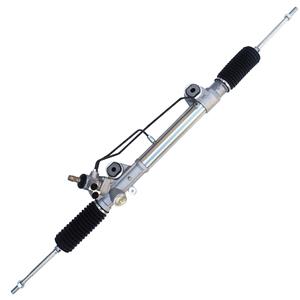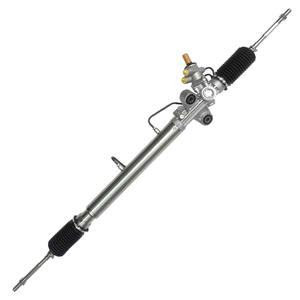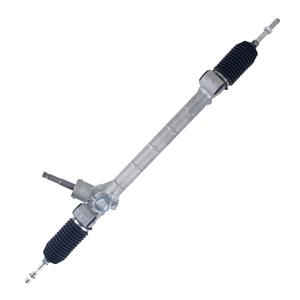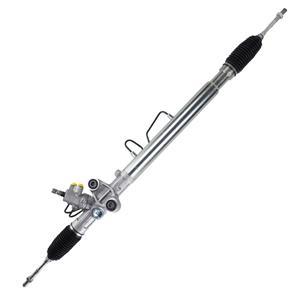What can I put in my power steering rack to prevent it from leaking?
The power steering rack is an integral part of modern cars, making it easier for drivers to maneuver their vehicles by providing steering assistance. Over time, various components in the power steering system may age or wear, leading to fluid leaks. This leak not only affects the vehicle's steering performance, but also increases safety hazards.
So, can car owners prevent or fix leaks by adding something to the power steering rack? This article will explore these issues and analyze effective countermeasures in detail.
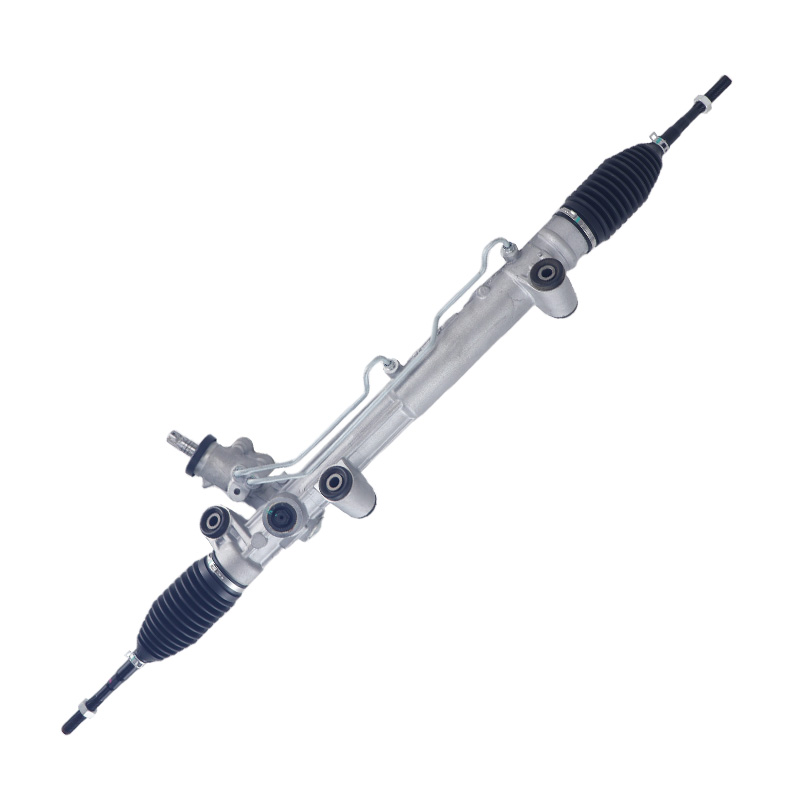
What are the causes of power steering system leaks?
Before discussing how to prevent power steering system leaks, we first need to understand the common causes of power steering system leaks. The power steering system mainly works through hydraulic devices, and the pressure in the hydraulic system is maintained and transmitted by fluid. Common power steering leaks usually come from the following key parts:
1. Aging or ruptured hoses: The power steering system relies on fluid to flow between the hose and components such as the pump and rack. If the hose ruptures due to aging, exposure to extreme temperatures or mechanical damage, the fluid will leak from the hose.
2. Damaged seals: There are many seals in the power steering system that are used to keep the fluid tight. These seals may wear out, age, or break due to high pressure, causing fluid to leak from the seal.
3. Power Steering Pump Wear: The power steering pump is one of the core components of the entire system. The pump assists steering by pressurizing fluid. If the internal components of the pump are severely worn, it may cause fluid to leak.
4. Rack and Pinion Damage: The rack and pinion steering system may also be damaged due to age, misuse, or external forces, causing leakage problems.
What can I put in the power steering rack to prevent it from leaking?
When the power steering system starts to leak, many car owners will want to find a quick and effective solution to fix the leak. There are many products on the market that claim to stop or fix leaks. These products are mainly chemicals that are designed to temporarily or permanently seal the leak point in different ways. Here are some common solutions and their effectiveness analysis.
Power Steering Leak Stopper
Power steering leak stopper is a common commercial product that usually fills the leak point by adding a chemical to the power steering fluid, especially the aging or cracks of the seal. Leak-stopping agents work by forming a hardened film of chemicals at the leak point through contact with air or temperature, sealing the leaking fluid and slowing or stopping the leak.
● Advantages: Power steering leak-stopping agents are a convenient temporary solution, especially when the leak problem is minor. It is relatively inexpensive, simple to operate, and can be added directly to the power steering fluid.
● Disadvantages: The repair effect of leak-stopping agents is usually temporary, especially when the leak is more serious, and it does not solve the underlying problem. In addition, the chemicals in the leak-stopping agent may accumulate in other parts of the system, causing hose or pump blockage, and long-term use may cause greater damage to the power steering system.
Power steering fluid and leak-stopping additives mixture
In addition to specialized leak-stopping agents, there are some power steering fluid formulas on the market that already contain leak-stopping additives. This type of fluid not only plays the role of replenishing power steering fluid, but also prevents or slightly repairs small leaks.
● Advantages: Power steering fluid with leak-stopping additives can help extend the life of the system, especially in the early stages of seal aging. In addition, it is a preventative measure suitable for preventing small leaks that may occur in the future.
● Disadvantages: Similar to a single stop-leak agent, the effect of a stop-leak additive is limited and cannot solve serious leaks. Moreover, it cannot repair physical damage such as a broken hose.
Automatic Transmission Fluid (ATF)
In some cases, car owners may consider using automatic transmission fluid (ATF) as a substitute for power steering fluid, especially when the appropriate power steering fluid is not available. While this is theoretically possible because many early power steering systems did use automatic transmission fluid, it is not a recommended practice.
● Pros: Automatic transmission fluid has good lubricity and wear resistance and can be used as an emergency substitute in the short term.
● Disadvantages: Automatic transmission fluid and power steering fluid have different formulations, and long-term use may cause accelerated aging of seals and hoses in the system. In addition, the viscosity and heat resistance of ATF may not be suitable for some modern power steering systems, resulting in reduced system performance.
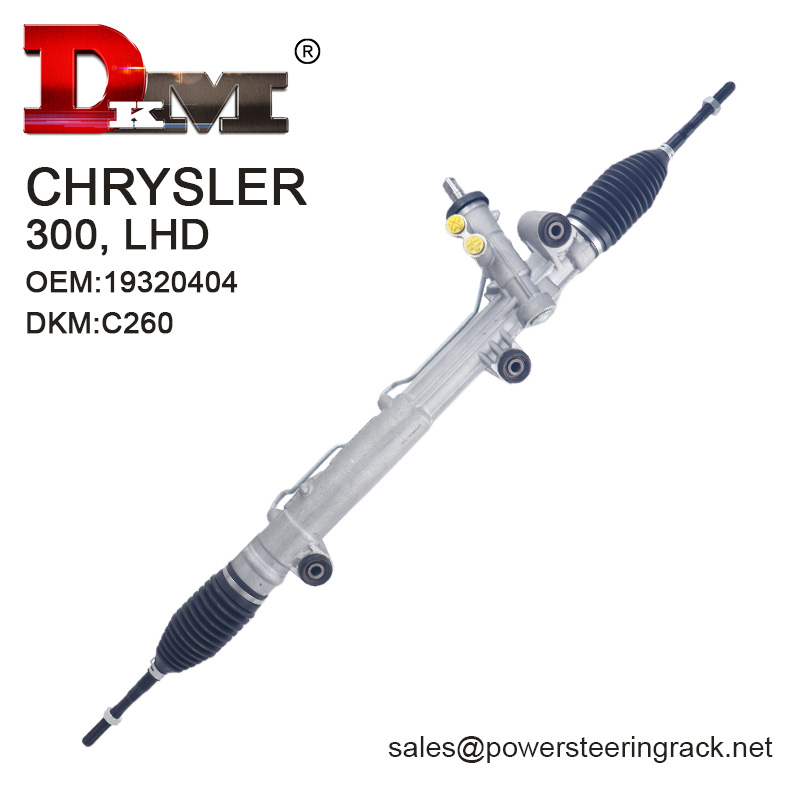
What are the adverse effects of stop-leak agents on power steering systems?
While stop-leak agents and similar products provide a seemingly quick and effective solution, car owners must consider their potential risks and negative effects when using them.
Plug the system
The working principle of the stop-leak agent relies on its chemical composition to solidify at the leak point to form a seal. However, the fluidity of the fluid in the system is critical, and anything that blocks the flow may cause the system to clog. Especially in small channels that work under high pressure, such as those of the power steering pump and gear rack, solid particles in the leak-stopper may accumulate and block the flow of fluid.
Once the system is clogged, the power steering assist may be weakened, the steering becomes heavy, or even fail completely. This not only affects the driving experience, but also increases driving risks.
Accelerates the aging of seals
The main goal of leak-stoppers is to seal cracks in seals. However, these chemicals may react with the seal material, causing the seal to become more brittle or lose elasticity. Long-term use of leak-stoppers may cause seals to age faster, eventually causing more serious leakage problems.
Impact on the power steering pump
The power steering pump is the core component of the entire system, which is responsible for pressurizing the fluid and keeping it flowing. If particulate matter from the leak-stopper enters the pump, it may increase the wear of the pump and cause the pump to become less efficient. In severe cases, the pump may fail completely and need to be replaced.
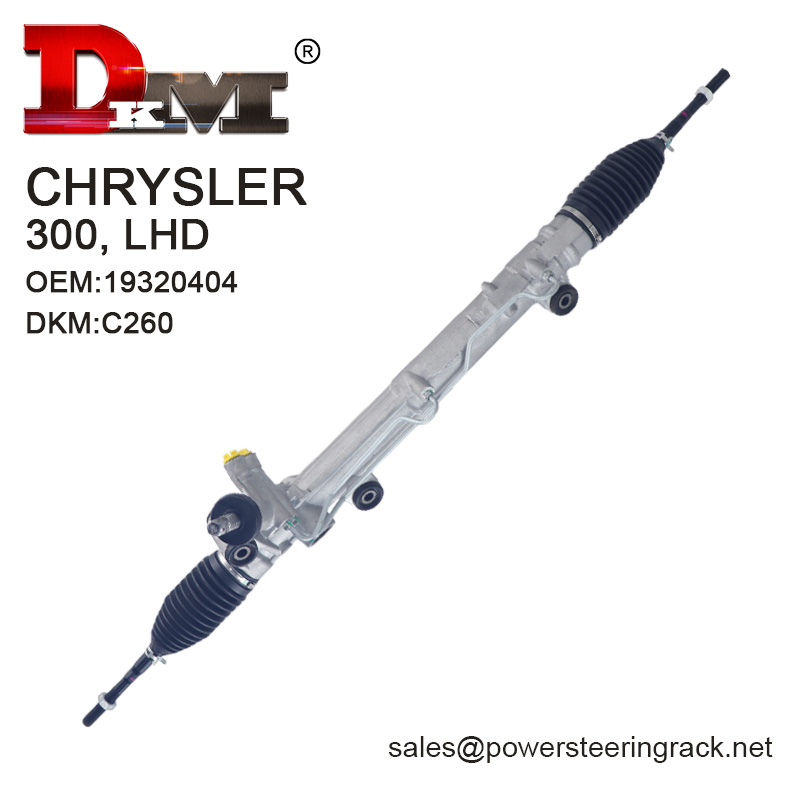
How to prevent power steering rack leaks?
Although leak-stoppers provide a temporary fix in some cases, the most effective way is still to regularly maintain and inspect the vehicle to prevent problems from occurring. Here are some measures to prevent leaks:
Check the power steering fluid level regularly
Checking the power steering fluid level regularly is the basis for preventing leaks. A drop in the power steering fluid level is often an early sign of a leak. If you notice a drop in the fluid level or the fluid has deteriorated, check all parts of the system immediately to find out what the problem is.
Replace the power steering fluid regularly
Power steering fluid can deteriorate after long-term use and lose its lubricity and protective effects. Regularly replacing the power steering fluid can keep the system working properly and reduce wear on seals and other parts.
Check hoses and seals regularly
Hoses and seals in the power steering rack are the main source of leaks. Car owners should regularly check these parts for signs of aging, cracking or wear, and replace them when necessary.
The best solution for power steering system leaks
When a power steering system leaks, the most fundamental solution is still to repair or replace the damaged parts. Although leak stoppers provide a temporary solution, long-term use will not solve the problem and may even cause more damage. Therefore, car owners should send their cars to a professional repair station for inspection and repair as soon as possible after discovering a leak.
Whether you're sourcing steering systems for OEMs or distributors, DKM is your reliable partner. Established in 1996, we specialize in gear rack steering systems designed for vehicles from top brands like Mitsubishi, Isuzu, and Honda. With a focus on quality, affordability, and innovation, DKM offers competitive factory prices and custom solutions for bulk orders. Contact us today to explore our full range of products and request a quote tailored to your needs.

